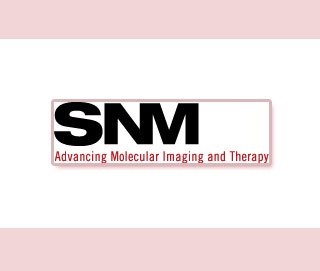
Once combined with the newly synthesized agent, NIRF can apparently image dangerous blood clots hiding inside elusive veins, most commonly within the deep tissues of the thighs and pelvis. The agent possibly employs a biomarker that seeks out a peptide called fibrin, which is actively involved in the formation of blood clots. The NIRF seemingly targets tissues by hitting them with near-infrared light energy that is absorbed by fluorophores. Then, it presumably releases fluorophores at a longer wavelength.
“This new near-infrared fluorescence agent is important in the field of molecular imaging because it offers very high-resolution imaging capabilities and has high translational potential. Specifically, the agent’s fibrin peptide has already been tested in phase II clinical trials. The availability of a high-resolution fibrin sensor is important for two reasons: intravascular NIRF imaging of coronary-sized arteries is now possible, and coupling the fibrin peptide with this technique may allow researchers to study coronary artery plaques and stents, which could potentially help us identify patients at increased risk of heart attack,†stated Tetsuya Hara, MD, PhD, Massachusetts General Hospital, Boston, Mass.
Fluorescence signals can be allegedly detected by examining the wavelengths of light energy that is released from the tissues. This method can be probably used to analyze Alzheimer’s disease, cardiovascular or even cancer patients. During the research, investigators were also able to lay hands on fibrin-rich deep vein thrombosis with both intravital fluorescence microscopy and noninvasive fluorescence molecular tomography. This technique therefore appears useful in predicting potential heart attacks and other major cardiovascular events well in advance.
The research was presented at SNM’s 58th Annual Meeting.
